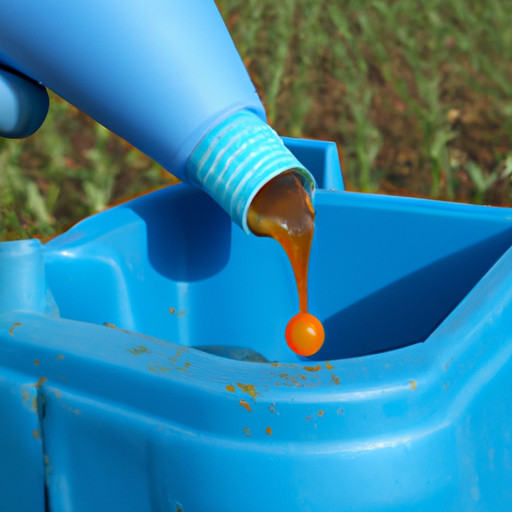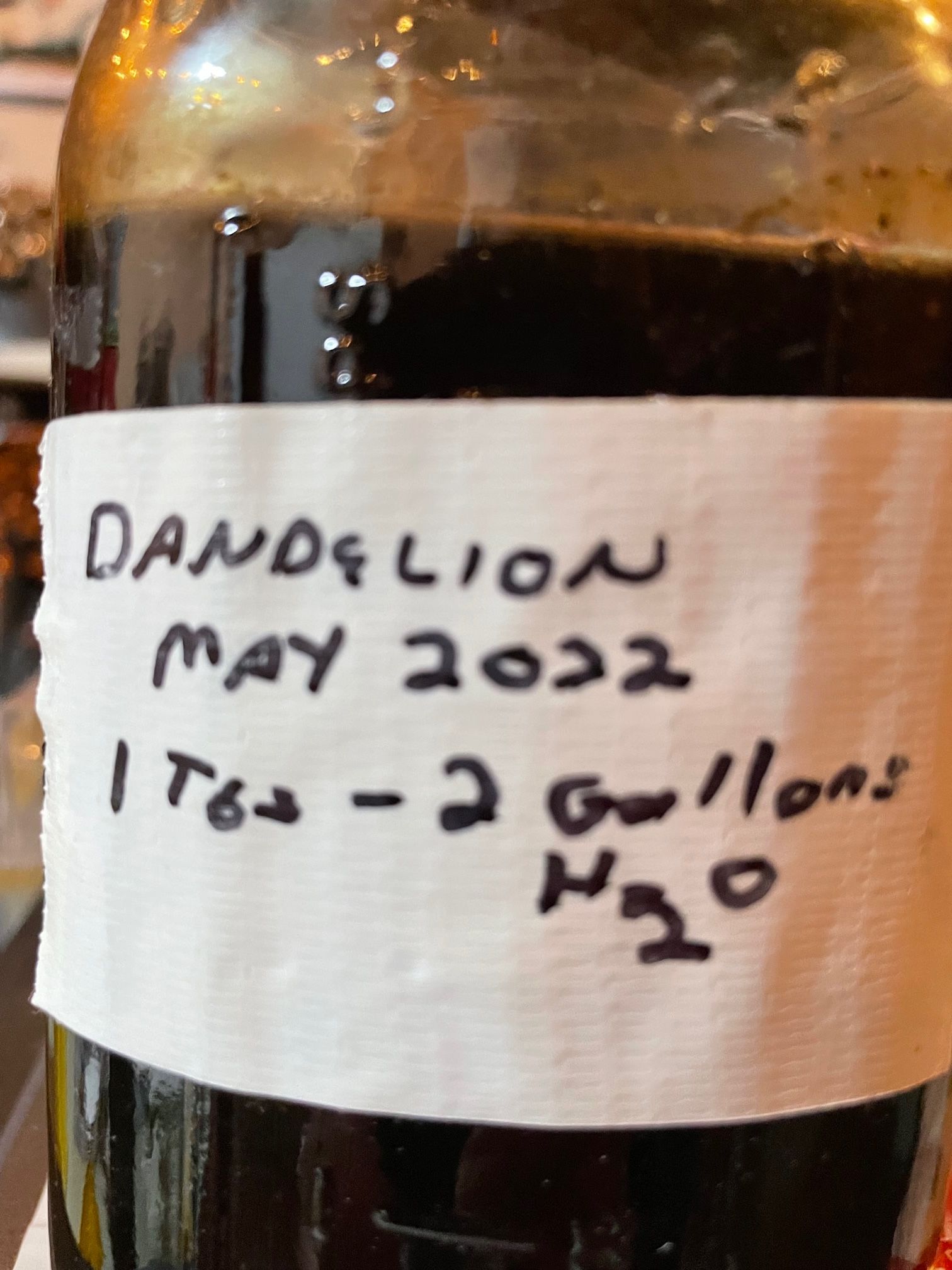The World is Ending. Make Your Own Fertilizer
How to use dandelions to make a good, cheap fertilizer

The world is going to end.
Well, kinda. The world as we know it has already started to end.
Specifically, globalization is over and regionalism is beginning: the world’s economic system will be regionally-based.
And a lot of regions are going to see a lot of pain.
North America won’t be one of them. The United States will be fine, and so will its neighbors (if Mexico can quell the cartels).
That, anyway, is the message of Peter Zeihan, geopolitical strategist and author, speaking on a recent episode of “The Joe Rogan Experience.”
Potassium is Going to Get Expensive
One of the biggest problems facing the world right now: fertilizer shortages. Especially potash.
Gardeners know the formula: N-P-K. Nitrogen, phosphorous, and potassium. The macronutrients every plant needs. Potash is apparently going to be really hard to get in the coming years.
That means gardeners are going to pay a lot for potassium fertilizer, which is important for photosynthesis, water and nutrient transportation, and starch synthesis. If your soil lacks sufficient potassium, your plants will have a variety of problems, depending on the plant: yellow leaves, abnormalities, stunted growth, disease, less drought resistance. In general, you’ll have weaker plants.
I stocked up on potassium, or at least balanced, fertilizers at 2022 season-end clearance sales. I think I have enough fertilizer to get me through 2024, but I ain’t getting cocky. I’m stepping up efforts to enhance soil fertility without store-bought amendments.
I’m composting everything, even if it’s just walking by the garden during the winter and throwing an apple core on the bed. I’m jamming bananas down my kids’ throats so I can get the peels, which are filled with potassium. I’m burning cardboard and branches for the (albeit minimal) potassium-laced ashes that I can spread on my beds.
And I’m buying brown sugar when it goes on sale.
You Can Use Brown Sugar to Make Fermented Plant Juice Fertilizer
Brown Sugar?
Yup.
With healthy amounts of brown sugar, you can make your own liquid fertilizer.
It’s part of the newest gardening rage, led by Nigel Palmer and his Regnerative Grower’s Guide to Garden Amendments. I’ll warn ya: It’s a lot of geek science. I couldn’t read it.
I glanced through it, spot-read interesting sections, and gleaned a few great tips.
Especially this one: You can make a great liquid fertilizer (“fermented plant juice”) that contains a lot of potassium from brown sugar and dandelions.
And it’s easy. I made a jar last spring. It supposedly has a long shelf life.

The Recipe
Ingredients: One part chopped up dandelions, one part brown sugar.
Method: Mix the dandelion and brown sugar together, top with a layer of more brown sugar, and put a glass filled with water or sane (or some other heavy object) on top. Cover and leave at room temperature. You’ll start seeing results within hours: a brown syrupy liquid will start to gather. After a day or so, remove the heavy object. After a week, flip the jar upside down over a colander that sits inside another jar. Let the fertilizer drip into the other jar for a day or two. That's it.
Side Tips: Pick the plants early in the morning while wet with dew. Be sure the heavier object is clean. Don’t squeeze the fermented liquid out of the plants. Store the jar in a cool, dry place.
How to Use It
When you’re ready to use it, add one tablespoon to two gallons of water. Water your plants with it or spray it as a foliar. Be sure to use rainwater, if possible. If you must use municipal water, at least let it air out in a bucket for a few hours first.
You can use other plants, too, by the way. Palmer really recommends stinging nettle for its overall nutrient value, but if you’re looking to stock up on potassium, use chickweed, dill, and comfrey. They’re packed with potassium.
I made two jars last spring: dandelion and comfrey. Each cost me less than $2 (about one pound of brown sugar). Each will apparently provide me with over 100 gallons of fertilizer.
Or You Can Just Soak Debris in Buckets
And hey, if you don’t want to do all that: just soak the dandelions, comfrey, or nettles in a bucket of water, with a handful of rotting leaves, and come back in a few days. The smelly concoction yields a great drench that you can add to your soil. It’s not nearly as potent as fermented plant juice, but it’s easy.
I keep five-gallon buckets of water around my garden all year. I toss plant debris into them. When the mood strikes me, I pour the water onto a bed. Currently, the buckets are sitting in the garden with the plant debris frozen inside. I’ll splash them in my beds with the spring thaw.



